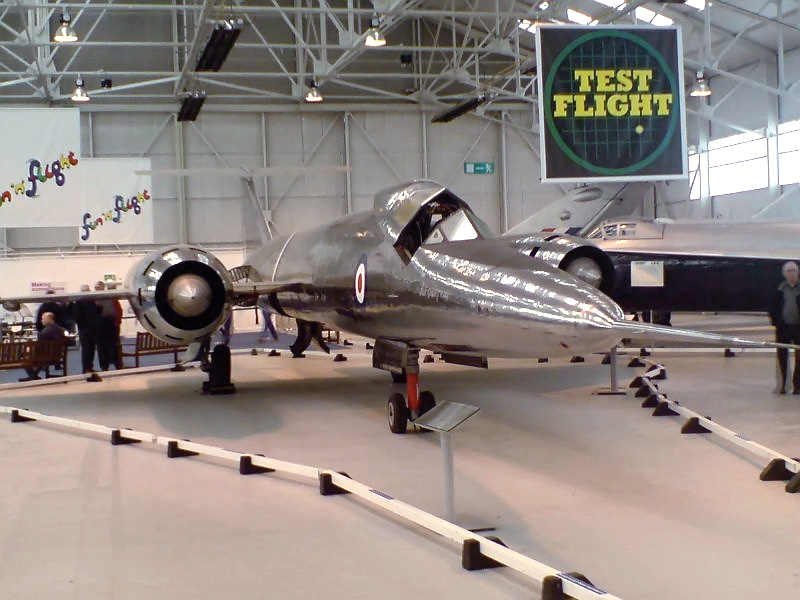The Bristol Type 188, also known as the "Flaming Pencil," was Britain's first all-steel supersonic research aircraft. Designed to withstand temperatures exceeding 250 degrees Celsius, approximately 90% of its structure was composed of stainless steel. This dual-engine aircraft, weighing around 40,000 pounds, was engineered to break the Mach 2 barrier and conduct research on kinetics and the thermal effects on airframes.

Its mission was to explore the challenges of high-speed, high-temperature flight, leading to the use of unconventional materials like stainless steel and the integration of an active refrigeration system. To fabricate its components, the aircraft relied on advanced techniques such as puddle welding. The outer skin was constructed from 12% chromium stainless steel with a honeycomb core, left unpainted to avoid additional weight. Procuring the required stainless steel sheeting in sufficient quantity and with the necessary strength and uniformity proved to be a significant challenge. The same material was also used in the gas turbines.
In early 1964, the project was terminated, having cost £20 million, making it the most expensive research aircraft developed in Britain at that time. However, the technical data and expertise gained from the Type 188 contributed to other British high-speed aerospace projects, most notably the development of the world famous Concorde supersonic airliner.
Stainless Steel is useful in high temperature environments, like with our stainless steel work surfaces, and in stainless steel laboratory applications… and like the stainless steel flaming pencil, you’ll find our products ‘on point’.
